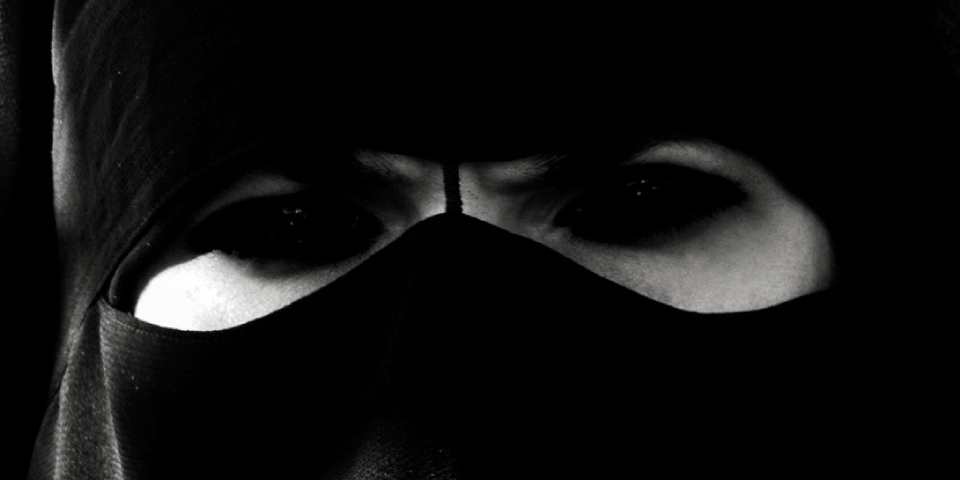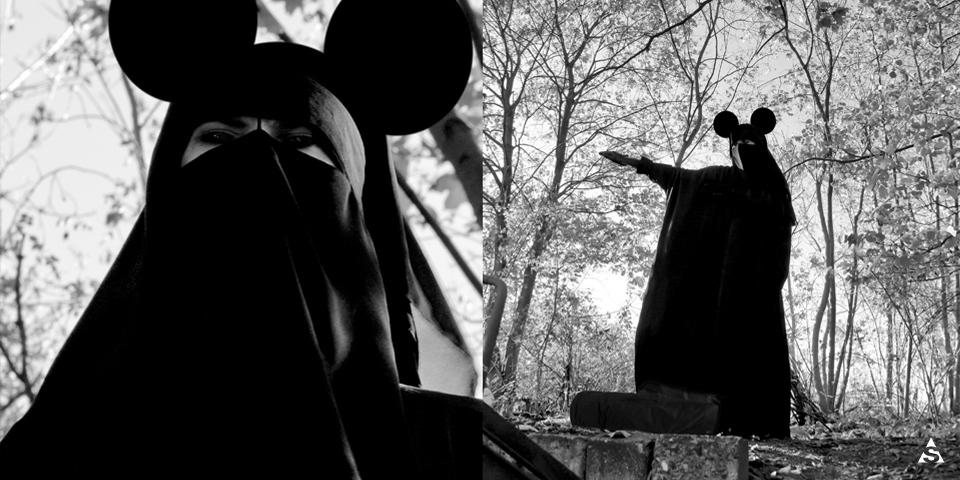IT’S ABOUT ART, MUSIC & LITERATURE
UNDERCOVER №2
in action [2014]
The interview between Photographer and reporter
Reporter
Thank you very much for your readiness for this interview. How long the interview will last depends entirely on you. First of all I will give you one or two impulses or ask one or two questions. Please tell as freely and informally as possible. The interview will be recorded on tape, but you remain completely anonymous and for security reasons I will not collect any personal data about you. Are you in personal contact with the person depicted?
Photographer
You may see it that way, but I can’t possibly comment on it.
Reporter
Were these pictures made in Berlin?
Photographer
You may see it that way, but I can’t possibly comment on it.
Reporter
Do we have cause for concern in the near future when it comes to security in Germany?
Photographer
You may see it that way, but I can’t possibly comment on it.
DAS VIDEOMATERIAL
ⓘ For security reasons the names of the reporter and the photographer are not mentioned.
Nowadays, we often encounter pictures that don’t show what the text says. When scrolling quickly through the feed, there is often no time for a fact check. And the younger the users are, the more difficult it is for them to judge the authenticity and genuineness of a message. Especially in the case of catastrophes or terrorist attacks, when the news situation is initially still very hazy, even reputable media repeatedly quote unconfirmed reports from uncertain sources — which sometimes turn out to be false in retrospect. To debunk such “fake news”, you can apply these three tips, for example:
1. Is the image current?
For example, check location and weather. Live webcam footage or a weather website can show you whether the weather at that time matches the weather on the picture.
2. Is the source serious?
Ask yourself where the picture could have come from and especially who posted it. Is it a well-known newspaper or a private person?
3. Reverse image search
Saves the photo on the computer and uploads it to a search engine. This is possible, for example, with Google image search — search engines find similar or identical images. So you can quickly see if the image has already been used in another context.
















